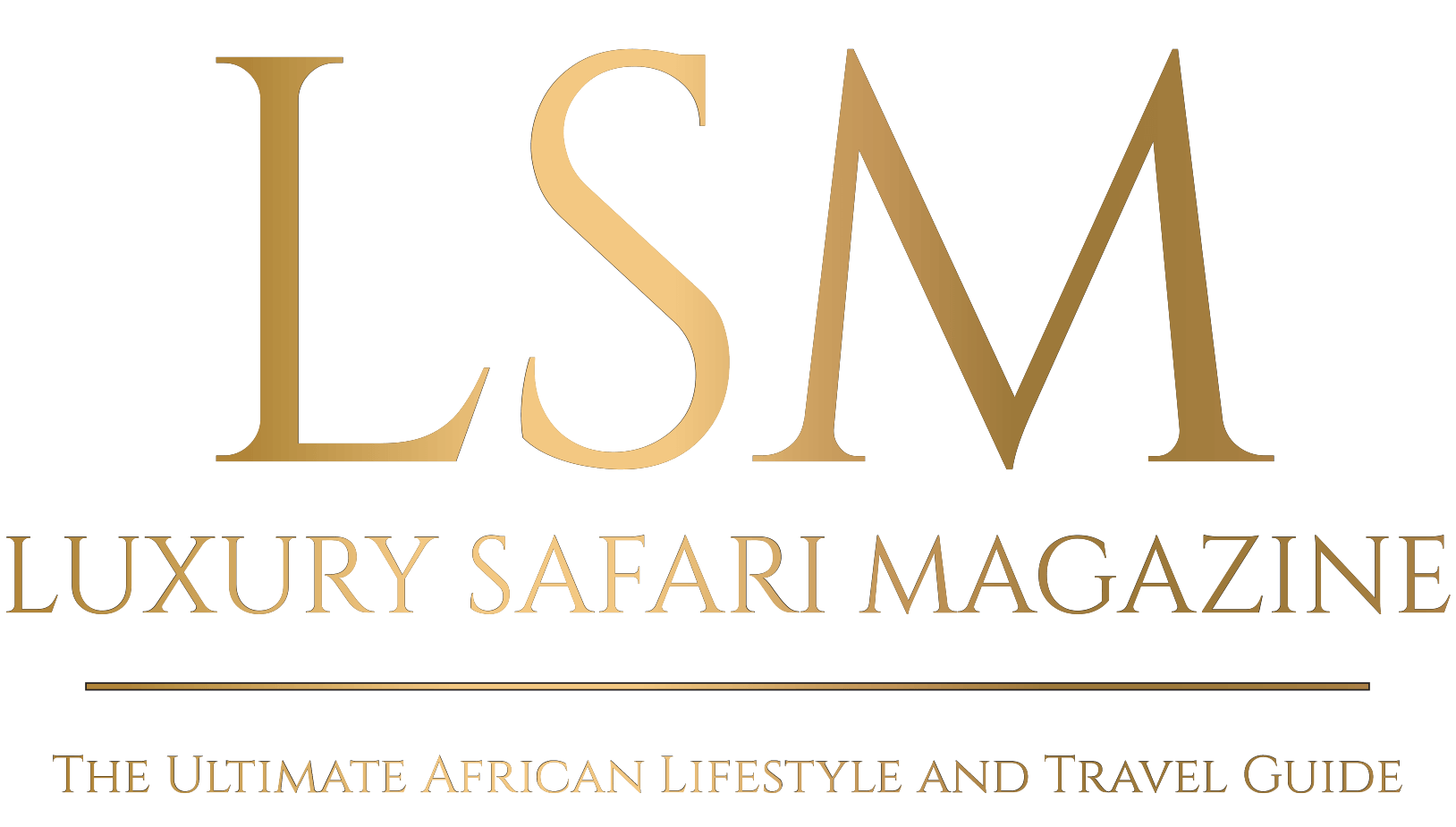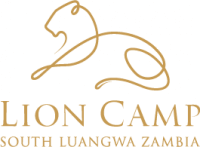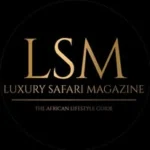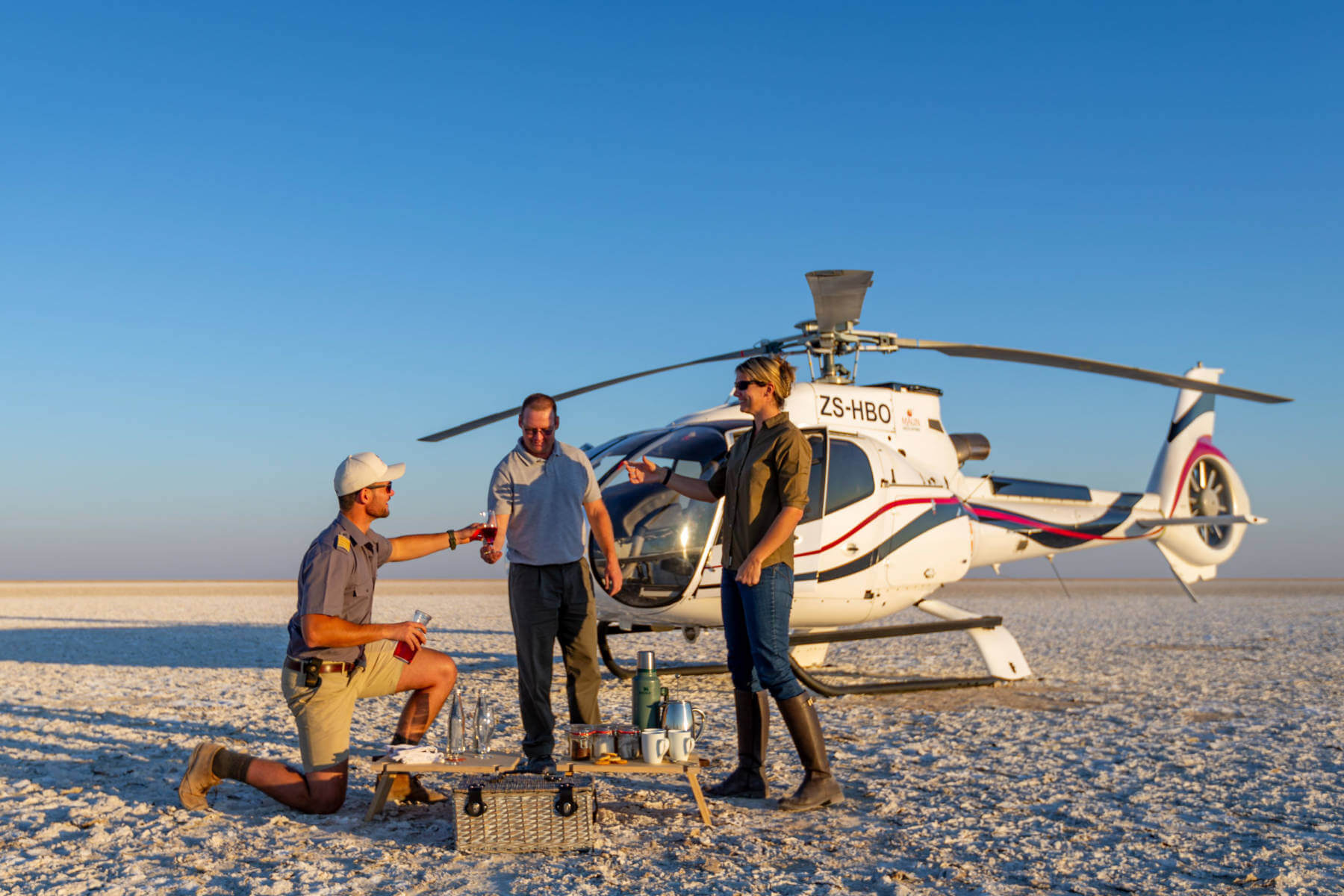April 18, 2022
Northern Botswana – An African Oasis
It’s 3am. We’re rudely dragged from a deep sleep by the sound of a buffalo thundering towards our tent. We sitting upright in bed we fumble with the bedside light. Something large, very large, brushes against the outside canvas wall of our tent. Then we hear snarling and roaring. A lion, or perhaps two, runs past the room. We hold our breath, ears straining to hear, as we try to figure out what has just happened. There are further lion roars, around the staff accommodation, a few hundred metres away. Twenty minutes later, still sitting up in bed, we hear a hyena pass the tent, followed, a little later by some bickering jackals. The noise dies down, and the night is silent once more. I get out of bed, torch in hand, open the door and look out. In the sand, there on our doorstep, I see the tracks of a buffalo and some lion footprints too. It’s dark, and too nervous to walk out the door, I retire to bed, trying to figure out what has just gone on under cover of darkness.
Next morning the camp is abuzz with talk of the previous night. Drinking our coffee, before heading out on an early morning game drive, we listen as the cook and her assistant regale us with the tale of the previous night’s action. After charging past our room, a huge buffalo, with three lions, two male and one female, in pursuit, stumbles into a clearing amongst the staff houses. One male leaps onto the buffalo’s hindquarters, almost bringing it down. But then he spots the other male who, distracted by the female, is clearly in the mood for romance. Torn between his desire to eat and his desire to mate, the first male abandons the buffalo, instead turning on the other male. The two scrap and fight, each vying for the prize of the highly desirable female. Periodically breaking off from the fight, the males turn their attention back to the buffalo, but in the end they are too busy fighting and the buffalo slips away unnoticed. The lions eventually move on, and the staff finally manage to get back to sleep. By the time the story has been told, our coffee has been drunk, toast and porridge has been consumed, and it’s time to head out to see if we can find any traces of the previous night’s action.
We are in Botswana’s Linyanti Concession. This is a vast and wild region in the north of Botswana. Access is difficult, only 4×4 vehicles are able to negotiate the thick sand and rough roads. Most visitors, like us, arrive by light aircraft, landing at remote airstrips. But it’s well worth the journey. This is an area of stunning floodplains, palm islands and lush grasslands. Away from the water there’s thick salt bush and huge tracts of mopane woodland. We are staying with African Bush Camps at their Linyanti Bush Camp. This is private game reserve that shares an unfenced border with the north-western reaches of the Chobe National Park. The area is renowned for the abundance of elephants and other wildlife, including huge herds of buffalo, zebra, giraffe and more. Remote and with an incredible sense of space, the camp overlooks the marsh and floodplains, with Namibia in the distance. This is a precious and unexplored wilderness, a place for people who are passionate about raw Africa. With just six luxury tents, Linyanti Bush Camp overlooks the Linyanti Wetlands that in the dry months become the primary water source, attracting large herds of elephant, buffalo and zebra.
We set out on the trail of the lions and buffalo. Not far from camp, we find the battle scared, exhausted, but very much alive buffalo, hiding in the undergrowth. Of the lions there is no trace. As we head down to the water, we find five or six hundred buffalo wading through the shallows, with red billed oxpeckers and cattle egrets riding on their backs. We surprise a pod of hippos sunbathing, and they tumble down the bank, splashing into the water. Scanning the sandy ground for lion footprints, we see nothing. But then, just as we are about to give up, out of the corner of my eye, I catch a glimpse of what looks like lion spoor. We circled the vehicle round, and sure enough, round the corner we find the lions. Resting, in the shade, and clearly exhausted by the previous night’s activity. One of the males lies to the side, clearly the loser in the battle for love. He licks his wounds surreptitiously. The victorious male, lies with ‘his lady’ by his side, with several deep, oozing wounds on his face. The female, nonplussed by the attention she had generated, is asleep in the shade. She doesn’t appear terribly interested in either of her suitors.
Back in camp, brunch is served, accompanied by a cacophony of birdsong. Birds swoop from tree to tree and a family of elephants saunter past the dining room and down to the waterhole.
We round out the day, and our visit to Linyanti, with a magical sunset. The channels of water on the floodplains light up like molten lava, as the sun sinks in the sky, as glasses and bottles glow in the afternoon light.
Half an hour’s light aircraft flight, from the Linyanti bush airstrip, but still staying in the North West of Botswana, we move to the Khwai Community Concession, to African Bush Camps stunning and elegant Khwai Leadwood camp. Khwai is a 1,800 square kilometre area, wedged between Moremi and Chobe National Park, comprising the north-east fingers of the Okavango Delta. There are no fences here to restrict animal movement, and the area has a reputation for magnificent wildlife sightings.
Early morning finds us sitting silently beside a hyena den. At first it seems there’s nothing to see. But as the sun rises a little higher in the sky, and the air grows a little warmer, we spot a couple of moist, black noses poking out of the den’s entrance, testing the air. The noses disappear. A minute later eight baby hyenas of various sizes, tumble out of the den. Of the adults there is not sign, and two of the smaller and more nervous babies stay close to the den’s entrance, ready to disappear at the first sign of danger. They are equal parts cute and curious, we spend some hours watching them play and wrestle. One particularly brave youngster heads over to the vehicle and, standing by the door, looks up into our eyes. He seems so brave and so confident, we could almost reach out and touch him, but obviously we don’t! One of the mothers returns to the den, the youngsters all scampered in her direction, licking her mouth, looking for the taste of blood. She drops a piece of bone and a few scraps of meat and they get busy eating.
Out in the reserve later in the day, we come across a wild dog den. It’s all quiet when we arrive. But within minutes a female appears, calling out in a high-pitched chirrupy voice. Five babies emerge from the den and run towards her in great excitement. She regurgitates some food and they gobble it down, then latch on to her teats and begin to suckle. We watch while she patiently waits until they’ve had their fill, before she runs around the perimeter of the den’s territory, sniffing and marking her scent, before lying down to rest in the sand. With an adult present the four month old babies clearly feel a little more confident, and we are treated to a wrestling match and some games before they eventually tire and disappear back into the den.
A tranquil afternoon is spent padding through the channels in a mokoro (canoe), passing vibrant malachite kingfishers and dancing dragonflies, hippo eyeing us with suspicion. Sundowners on the bank, at the end of the day, is accompanied by six or seven huge bull elephants who wade through the channel in front of us, barely glancing at us as we drink our icy gin and tonics.
The grand finale to our time in northern Botswana is an ‘open doors’ helicopter ride over some of the most remote and untouched areas of the Okavango Delta. Taking off from the camp’s private helipad we fly across the Khwai River and over Moremi Game Reserve. Flying at the same height as a pair of Bateleur Eagles, we get a real ‘bird’s eye’ view of everything below. Elephants, giraffes, waterbuck, red lechwe and herds of buffalo, all look so small from above. The water is so clear we can see hippo trails on the bottoms of the channels and waterholes. Ducking underwater as soon as they hear our approach, the hippos obviously think they are invisible, but we can see them clearly as they walk along the sandy bottom.
There are not many places I’ve been to that are as special or as beautiful as northern Botswana, the landscapes are wonderful, the wildlife sightings exceptional, the guides knowledgeable, the people friendly. A fantastic place, and one I hope to return to time and time again.
Written by Sarah Kingdom







